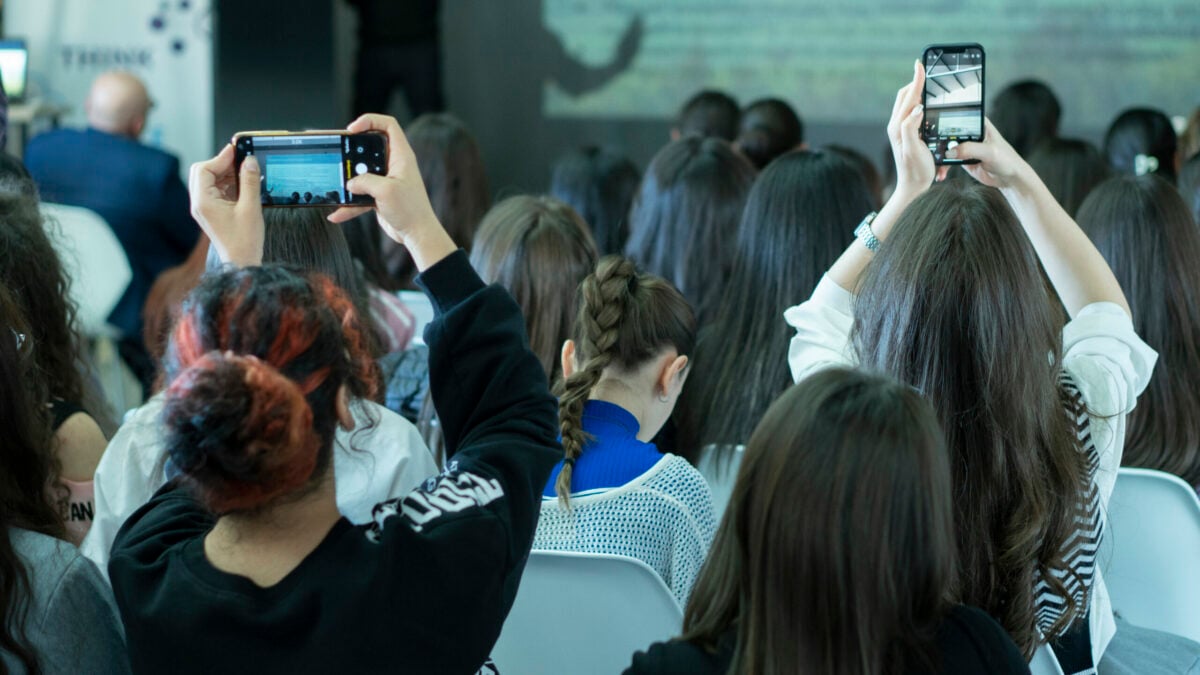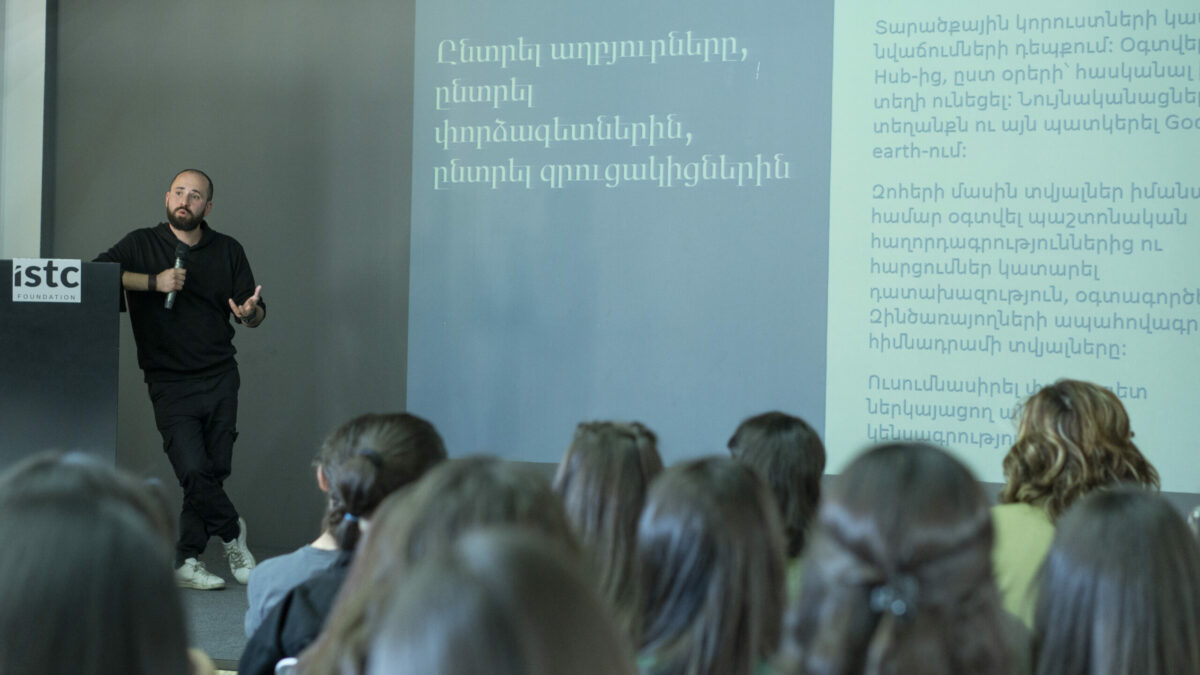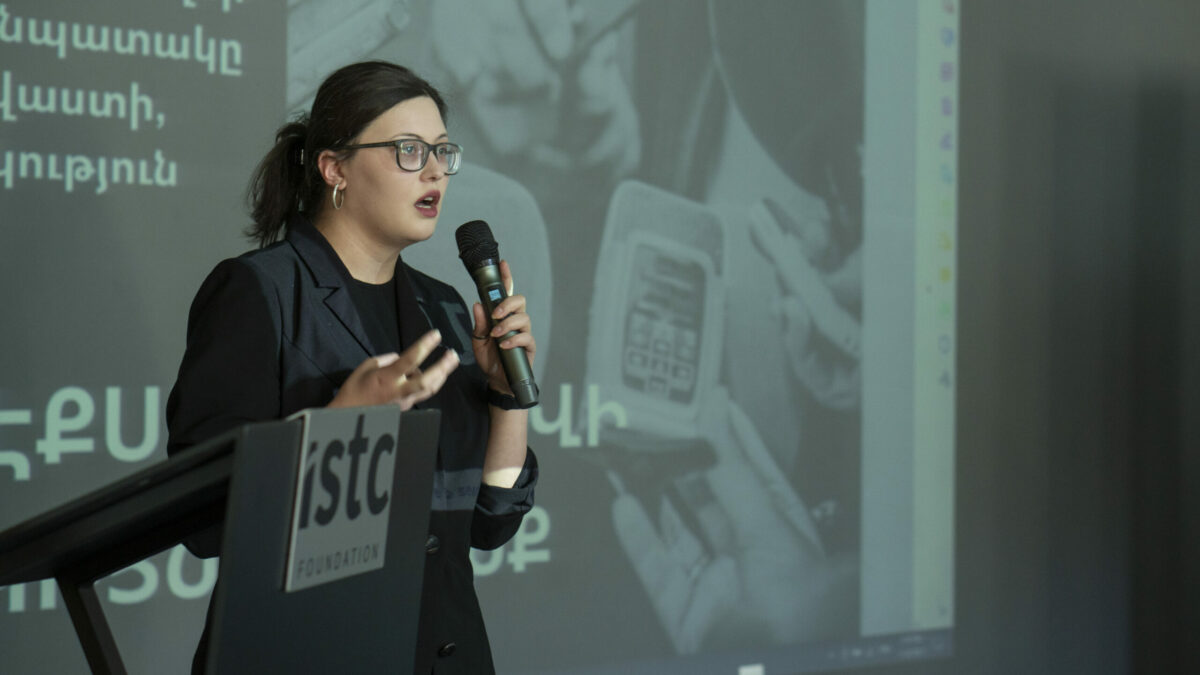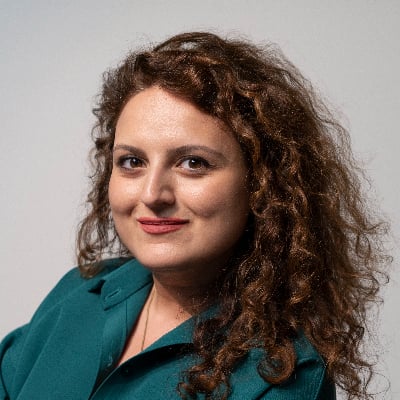
In times of crisis, particularly in times of war, we must prioritize quality journalism and media literacy to ensure a strong, “media-resilient” society.
In times of war, the media landscape undergoes significant changes, resulting in decreased reliable channels and an alarming increase in the spread of misinformation; this poses a substantial challenge for journalists and the public.
In the framework of Media Literacy Week, YSU Journalism students met with journalists to examine media transformations during wartime.
Seven specialists presented their professional skills and tools in 7-minute speeches.
During times of war, the level of responsibility for journalists significantly increases. Adhering to safety protocols becomes a top priority for those reporting from war zones. Media.am had the opportunity to speak with two speakers who discussed these topics at the “7×7 Media Literacy” gathering.
Gevorg Tosunyan: CivilNet, Journalist
When covering wars, the most important aspect is the human story. The person is the primary focus during these catastrophes.
I gained knowledge of war coverage, safety rules at work, and practical skills for self-control in crises through my own experiences. However, in universities, future journalists are usually only exposed to theoretical lectures, which do not always develop the practical skills essential for journalists.
There should be a closer and stronger relationship between working journalists and students of the Faculty of Journalism. The faculties have limited resources, and the editorial offices don’t invest enough time and effort to establish a connection, leading to a significant gap. This is why I agreed to participate in the Media Literacy Week meeting with future journalists.
I had only theoretical knowledge of the events during the four-day and the forty-four-day wars. I was uninformed about safety measures and didn’t even know what a first aid kit was. However, I learned a lot from the residents themselves. For instance, they advised that if you hear a slight explosion in the air, you should hide within 5-6 seconds.

Gevorg Tosunyan during the “7×7 Media Literacy” meeting
Time on the ground is precious, and lack of knowledge can cost lives. Journalists must be prepared before working on the front line.
“Simple tools in complex situations” is how we formulated my 7-minute presentation to the students.
- Under no circumstances should you work in large groups during war coverage. This is because a gathering of several tens of people becomes a prime target for the enemy.
- Understanding how to report on a war is crucial. It involves having the ability to present human stories in a compelling manner while knowing which details to focus on and which to disregard. Unfortunately, many journalists who risk their lives by going to the front line often present stories using generic and unfeeling language when there are countless captivating human stories around them waiting to be told.
- To ensure preparedness for any potential conflict, it’s crucial to identify the locations of military units, artillery, and infrastructure beforehand, as these are typically the enemy’s primary targets. Fortunately, the Google Earth tool can be utilized to obtain this information quickly and efficiently.
- During a war, journalists must collect emotions like a magnet without being afraid to experience and observe them.
- It is essential to work on self-control and psychological preparation. For instance, I listened to the sounds of explosions on my headphones so that I would not panic when hearing explosions or drones later on and could continue to work effectively. A helpful preparatory exercise for journalists would be to practice shooting to become accustomed to the environment and sounds to become normal and not interfere with their work in a war situation.
Hayarpi Baghdasaryan: Infocom, journalist
Sometimes, journalistic responsibility and the “do no harm” rule require withholding publication.
When we were still students, we often discussed the importance of journalistic responsibility. However, these conversations were primarily based on theoretical and textbook principles. Looking back, I wish we had engaged with more experienced journalists and examined real-life examples and cases related to professional responsibility.
The past three years have been incredibly challenging for journalists. The country has been through wars, mass protests, and forced displacement of Artsakh residents. These events have turned theoretical truths into practical realities, highlighting the increased responsibility and importance of journalists. Consequently, we have been extra cautious when receiving news or materials in the editorial office, verifying information from multiple sources before publishing.
During Media Literacy Week, I discussed a professional dilemma I faced – whether to publish or not.
In times of war, when the flow of information is limited, and the state apparatus fails to provide unbiased information, the media outlets close to the situation often end up reporting misinformation. This leads to an information vacuum filled with assumptions, doubts, and opinions, causing confusion and mistrust among the people.
I shared an example with the students about a case during the forced displacement of Artsakh residents.

Hayarpi Baghdasaryan during the “7×7 Media Literacy” meeting
During the forced displacement of Artsakh residents, Azerbaijani media shared a video of a man from Artsakh speaking negatively about Armenians while crossing Hakari bridge with his family. As a result, many users began to generate hate speech against the man.
We had already filmed the man at the reception point of Vaik before the rumors spread on the internet that he was Mher Zargaryan, a participant of the 44-day war. In the video, he said that he made certain statements under the threat of force and that it was a ransom for him and his family.
After extensive discussions, we decided against publishing the video, fearing it could fall into the hands of Azerbaijanis and harm our compatriots.
- Above all else, journalistic responsibility demands that public safety takes precedence over any professional motive.
- Journalism students are taught that objectivity and efficiency are crucial for a journalist. However, in today’s world, everyone on social media shares information. During a crisis, it may be necessary to prioritize speed, but it is also essential to consider the potential harm that could be caused by inaccurate or misleading information. Ultimately, the responsibility of not causing harm to the public should be given priority over the need for quick reporting.
- In times of crisis, the consequences of incorrect or incomplete information, irresponsible journalism, negligence, and carelessness can be devastating for society. While in normal situations, one can make amends by apologizing or issuing a denial, even a single piece of wrong information can have fatal consequences during a crisis. We have seen this happen before.
- In times of crisis, it’s important to remember that we are not representatives of government institutions. If we have any doubts or questions about information, we should wait to publish it until we have thoroughly verified it. Despite our limitations, we should prioritize accuracy and avoid spreading misinformation.


Add new comment
Comments by Media.am readers become public after moderation. We urge our readers not to leave anonymous comments. It’s always nice to know with whom one is speaking.
We do not publish comments that contain profanities, non-normative lexicon, personal attacks or threats. We do not publish comments that spread hate.